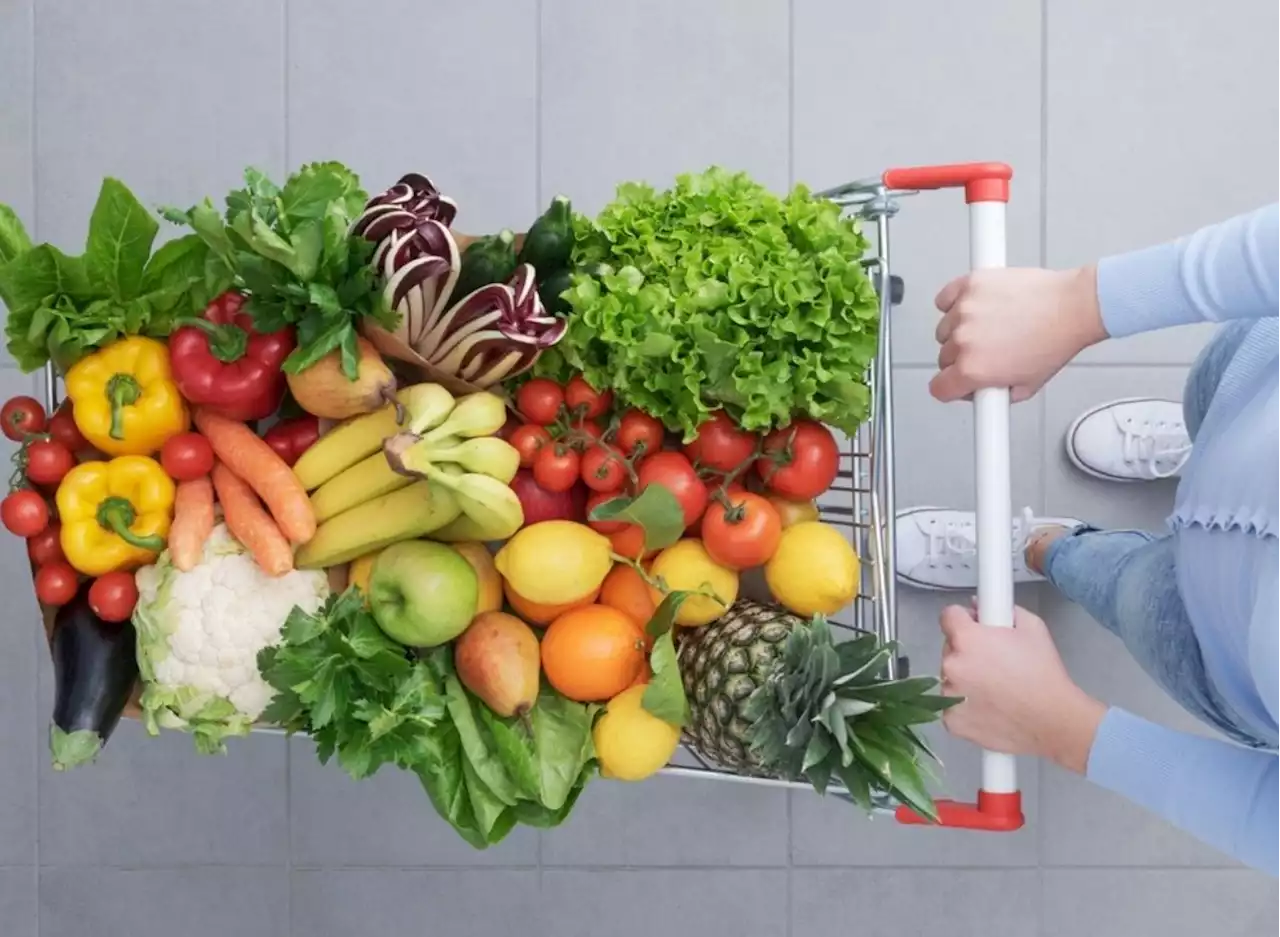Eating this many per day may reduce inflammation.
Research conducted by the Integrative and Biomedical Physiology Program and the Departments of Nutritional Sciences and Kinesiology at Pennsylvania State University which was presented at the American Physiological Society's Experimental Biology 2022 event took a look at postmenopausal participants who ate either zero, six, or 12 prunes each day for 12 months.
Damani adds that this tells us prunes might be a promising nutritional intervention to prevent a rise in inflammation. Sackmann also notes that"while prunes may be known for their superfruit status, keep in mind they can be high in sugar. Pay attention to serving sizes and try a combination of prunes with a fat or protein to prevent a spike in blood sugar."
United States Latest News, United States Headlines
Similar News:You can also read news stories similar to this one that we have collected from other news sources.
 The Best Food Dehydrators for Beef Jerky, Fruit Leather & MoreThe best food dehydrators for beef jerky, fruit leather, and more.
The Best Food Dehydrators for Beef Jerky, Fruit Leather & MoreThe best food dehydrators for beef jerky, fruit leather, and more.
Read more »
 Releasing sterile male fruit flies in fields cuts crop damage by 90%Sterile male flies released in fields mate with females that then lay far fewer eggs, drastically reducing the damage the larvae of spotted wing drosophila do to fruit crops
Releasing sterile male fruit flies in fields cuts crop damage by 90%Sterile male flies released in fields mate with females that then lay far fewer eggs, drastically reducing the damage the larvae of spotted wing drosophila do to fruit crops
Read more »
 Everything to know about the small, tasty orange fruit that's all over HoustonLoquats can be used in a variety of ways. Here are some popular questions answered about...
Everything to know about the small, tasty orange fruit that's all over HoustonLoquats can be used in a variety of ways. Here are some popular questions answered about...
Read more »
 The #1 Best Drinking Habit For Your Heart, Says New Study — Eat This Not ThatThere are a lot of methods you can do to ensure your heart is healthy. This is the best drinking habit to incorporate into your routine.
The #1 Best Drinking Habit For Your Heart, Says New Study — Eat This Not ThatThere are a lot of methods you can do to ensure your heart is healthy. This is the best drinking habit to incorporate into your routine.
Read more »
 5 Best Foods to Eat for Hair Loss, Say Dietitians — Eat This Not ThatAs you get older, your hair may thin or you may start to lose it more quickly. Here are some of the best foods for hair loss.
5 Best Foods to Eat for Hair Loss, Say Dietitians — Eat This Not ThatAs you get older, your hair may thin or you may start to lose it more quickly. Here are some of the best foods for hair loss.
Read more »
 What Old Dogs Can Teach Us About AgingScientists are studying different dog breeds to gain new insights into the aging process — both for them, and for us.
What Old Dogs Can Teach Us About AgingScientists are studying different dog breeds to gain new insights into the aging process — both for them, and for us.
Read more »
